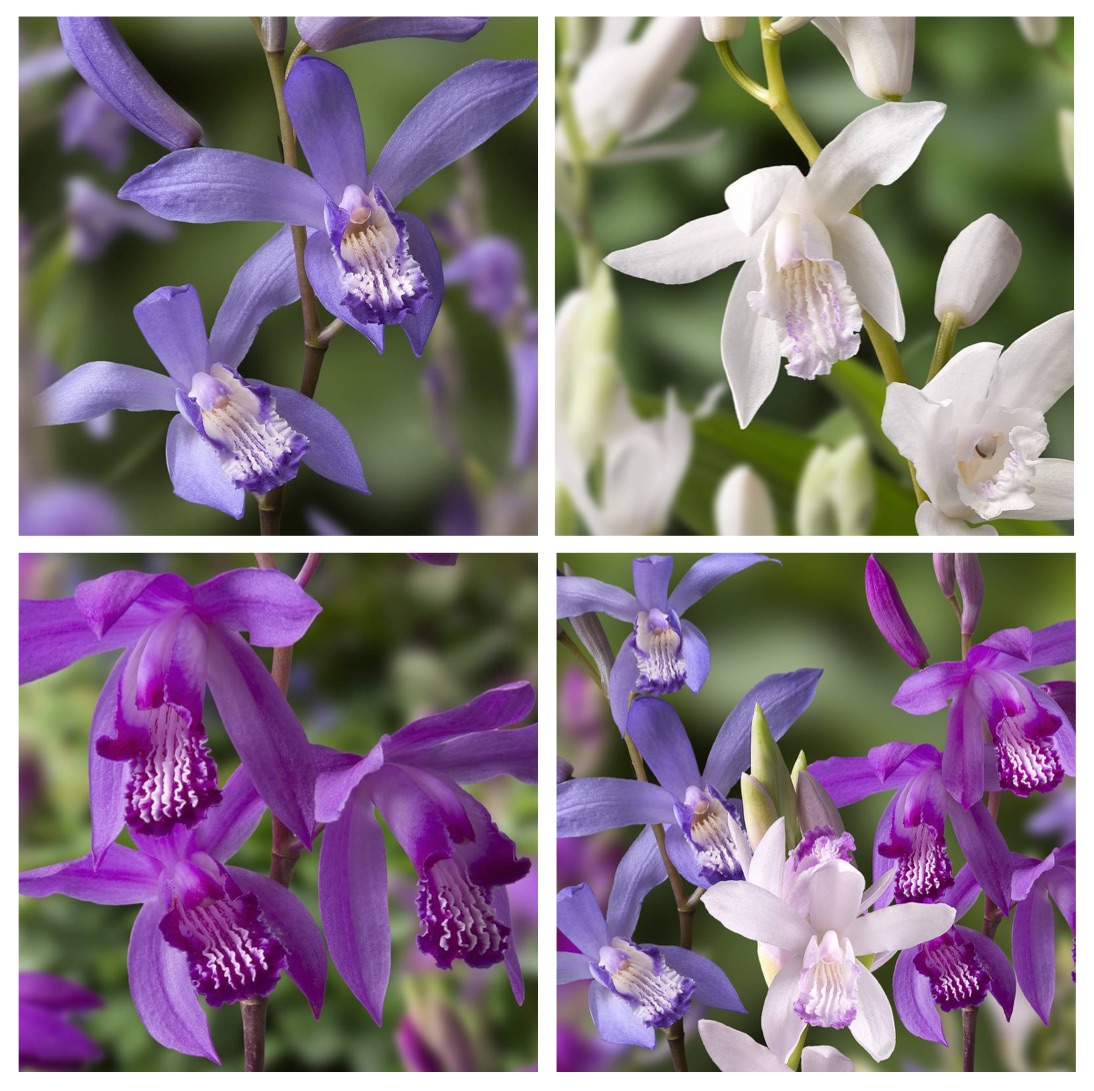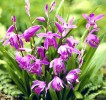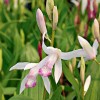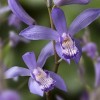Cart 0 Product Products (empty)
No products
Free shipping! Shipping
0,00 € Tax
0,00 € Total
Product successfully added to your shopping cart
Quantity
Total
There are 0 items in your cart. There is 1 item in your cart.
Total products
Total shipping Free shipping!
Tax 0,00 €
Total
Categories
FAQ
Avez vous besoin d'aide ? Consultez notre page dédiée aux FAQ.
How to look after your Bletilla garden orchid ?
Published : 08/08/2017 11:14:24
Categories : Bletilla , Growing
How to look after your Bletilla garden orchid (Hyacinth Orchid) ?
The Bletilla Orchid, also known as the Hyacinth Orchid, is a genuine and charming terrestrial garden orchid which is hardy in the majority of our climates. It flowers in either late spring or early summer, subject to the exposure, and bears loose clusters of numerous small flowers which vary in colour depending on the variety.
The flower stalk dominates a beautiful tuft of broad, light green leaves which are almost like those of the gladiola. The plant is easily naturalised and spreads rapidly over the years. It is not uncommon to obtain a flowerbed of 15 to 20 flower stems after only 2 to 3 years. It thrives in partially shaded or sunny spots, in a well drained, cool soil that is rich in humus.
The hyacinth orchid is a geophyte plant with flattened pseudo-bulbs belonging to the orchidaceae family. It is native to Japan, China and Tibet. From the beginning of April, the plant produces young shoots which unfold in a bouquet of long leaves that are oblong to lanceolate shaped, wrinkled, and about thirty centimetres long.
After flowering, the flowers eventually fall while the foliage persists until November. The plant then enters its dormant period until spring. The plant proliferates simply by growing pseudo-bulbs which eventually form beautiful tufts. This orchid can be easily established in the garden.
Use
A real gem for lovers of original plants, the Bletilla grows easily in favourable conditions (a cool soil rich in humus). It can be used in flowerbeds, rock gardens, underbrush, or even grown in pots. In a shrubbery or pond environment, it can be paired with hostas, trilliums, solomon's seals and ferns. It adapts well to humid climates as well as warmer regions where regular watering will be required. It will flourish in the shade of low shrubs such as santolines, Ottoluykens cherry laurel, boxwood or Myrtus tarentina. Easy to grow, they will garner the admiration of your visitors who are convinced that orchid-growing is a job for professionals!
Available varieties
Over the years, Phytesia's range of hyacinth orchids has considerably expanded and now includes a wide variety of colours and shapes.
Bletilla striata 'purple' : Dark purple flowers
Bletilla striata 'pink' : Pink flowers
Bletilla striata 'alba' : White flowers
Bletilla striata 'Blue Dragon' : Blue flowers
Bletilla striata 'kuchibeni' : White and pink mottled flowers
Bletilla striata 'Tri-lips' : Dark purple flowers with 3 lips.
Bletilla striata 'Yellow' : Yellow flowers
Bletilla ochracea : Ochre to yellow flowers - orange with brown-red lips
Bletilla formosana : Light pink flowers with a yellow stained lip.
Easy to grow
Bletilla orchids are among the easiest garden orchids to grow. They are perfect for beginners.
They prefer a soil rich in humus, light and well drained. Drainage is important because their pseudo-bulb will be damaged by stagnant moisture. If your soil is compact, don’t panic! Prepare a planting hole (large enough, in anticipation of the spontaneous multiplication of the pseudo-bulbs) packed at the bottom with a drainage layer and filled with a suitable potting soil.
A supply of potassium-rich fertilizer in will ensure a good reconstitution of the plants’ reserves for better flowering the following year. This supplement can be added during the vegetative phase.
Dig a large planting hole, remove the growing pot and place the plant and its rootball in the hole. Make sure that the top of the rootball is at the same level as the surface of the surrounding soil. Ensure that the rootball is in contact with the surrounding soil, then water copiously.
The use of fine lava stone or pumice will allow the substrate to remain moist even during dry periods. A simple substrate can be made by mixing about 1/3 of lava stone or pumice, 1/3 of good quality humus and 1/3 of garden soil.
To help you and facilitate the preparation of your massifs of Bletilla, Phytesia proposes also to you 2 substrates :
• Lava stone : The lava stone can be used according to the method detailed above. A bag is enough for planting 5 or 6 garden orchids.
• Soil 'Bletilla et Pleione' ready to mix ; suitable for planting 2 garden orchids.





